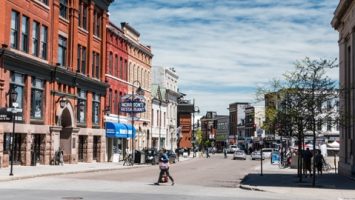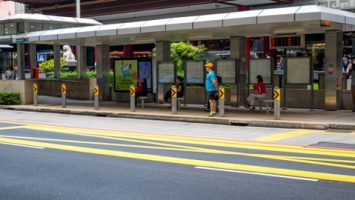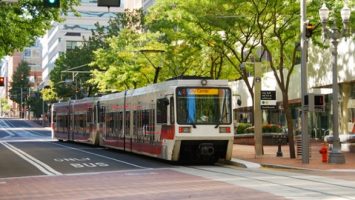
The city of San Antonio, Texas has budgeted approximately $8 million in 2017 for nine smart city projects. Plans are to focus on transportation, environmental sustainability, and an area the city calls “digital connected living”. The smart city initiatives have, in part, been prompted by the expected rapid growth of the city – 1 million additional residents by 2040.
“Planning for the growth that we’re expected to have here in the next few years is important and is something that our city leaders saw and decided that we needed to take action on,” stated Jose De La Cruz, chief innovation officer and head of the San Antonio Office of Innovation. “The other thing is that again living in this digital age it’s just become such an expectation of residents that we continue to have high quality services and we use technology as a way to enhance to provide whatever it is that we are providing.”
One project is the San Antonio Traveler Real-time Information Portal (SATRIP) which has the goal of improving pedestrian safety and alleviating traffic congestion. The project will gather real-time traffic data, incorporate a high water detection system, include a pedestrian detection system in pedestrian crosswalks, and incorporate traffic data into a mobile app for travelers.
Benches with solar panels will allow people to charge their electronic devices. The benches will also have sensors to collect information on pedestrian traffic and the ability to function as Wi-Fi hot spots. Community kiosks will provide information on city services, current events, transportation services, local business information, local history, and entertainment. They will also serve as Wi-Fi hot spots and charging stations.
“We didn’t want another smart city plan that was just going to sit on the shelf,” De La Cruz said. “We wanted to ensure there was going to be action behind it and so aligning it with our planning efforts looking into the future made the most sense. The construct of those plans really came from the community input we received.”


